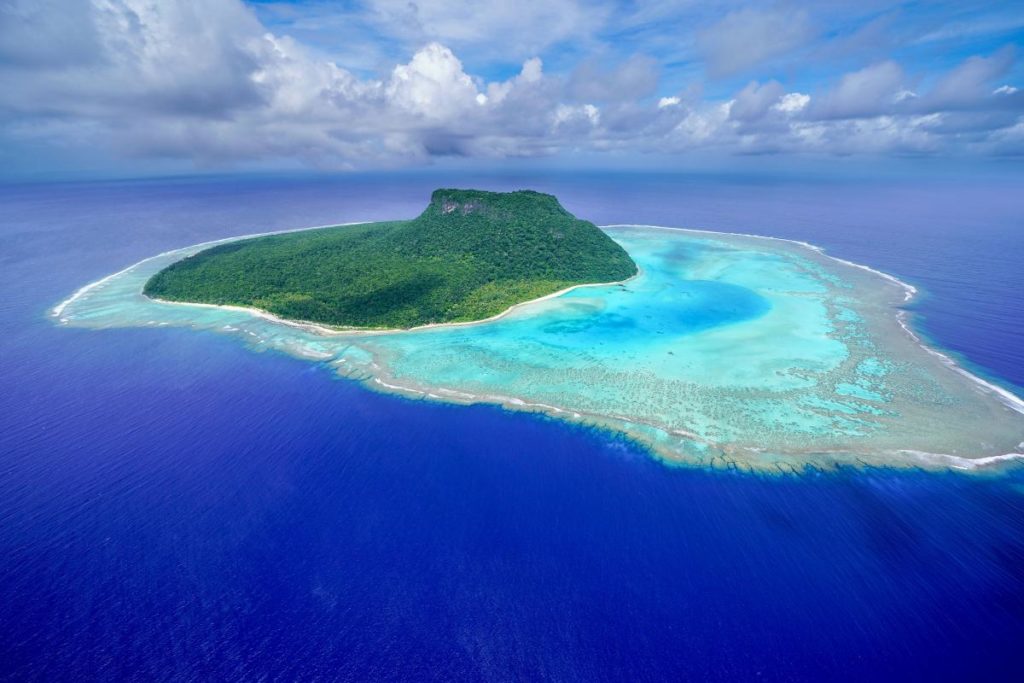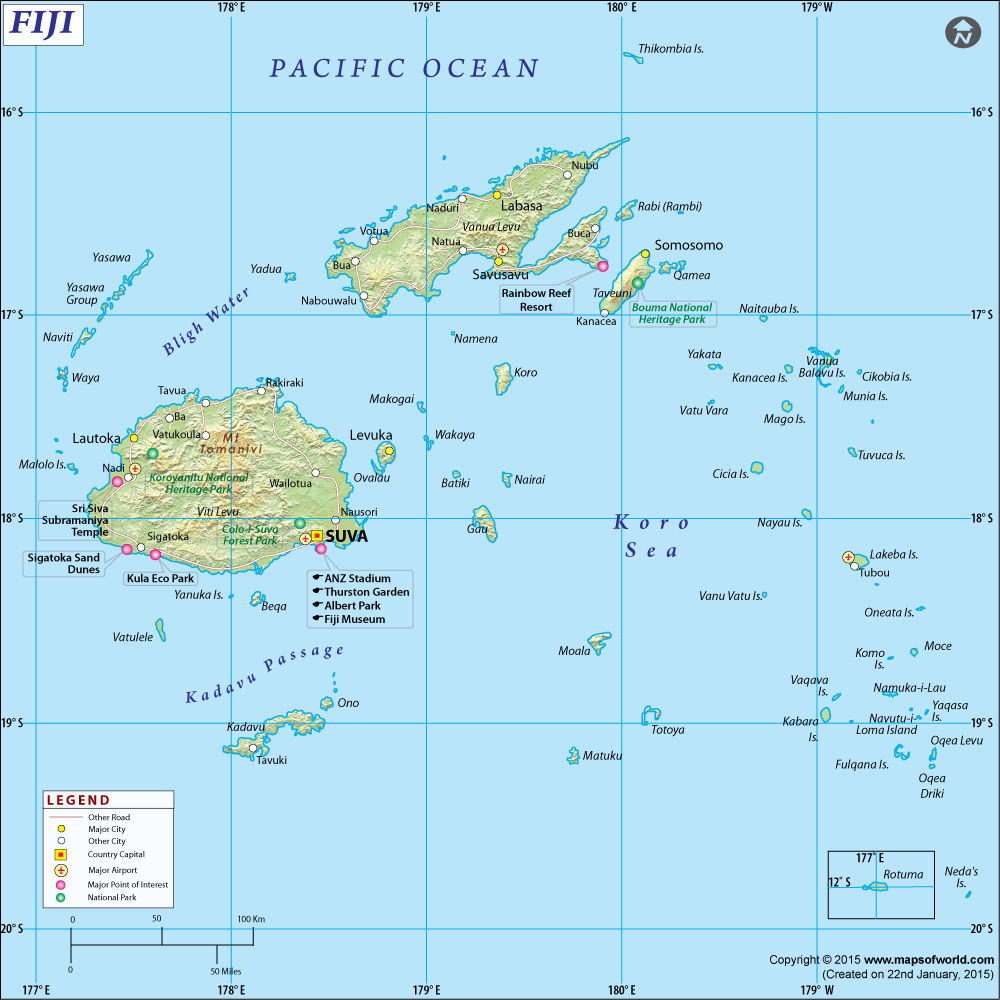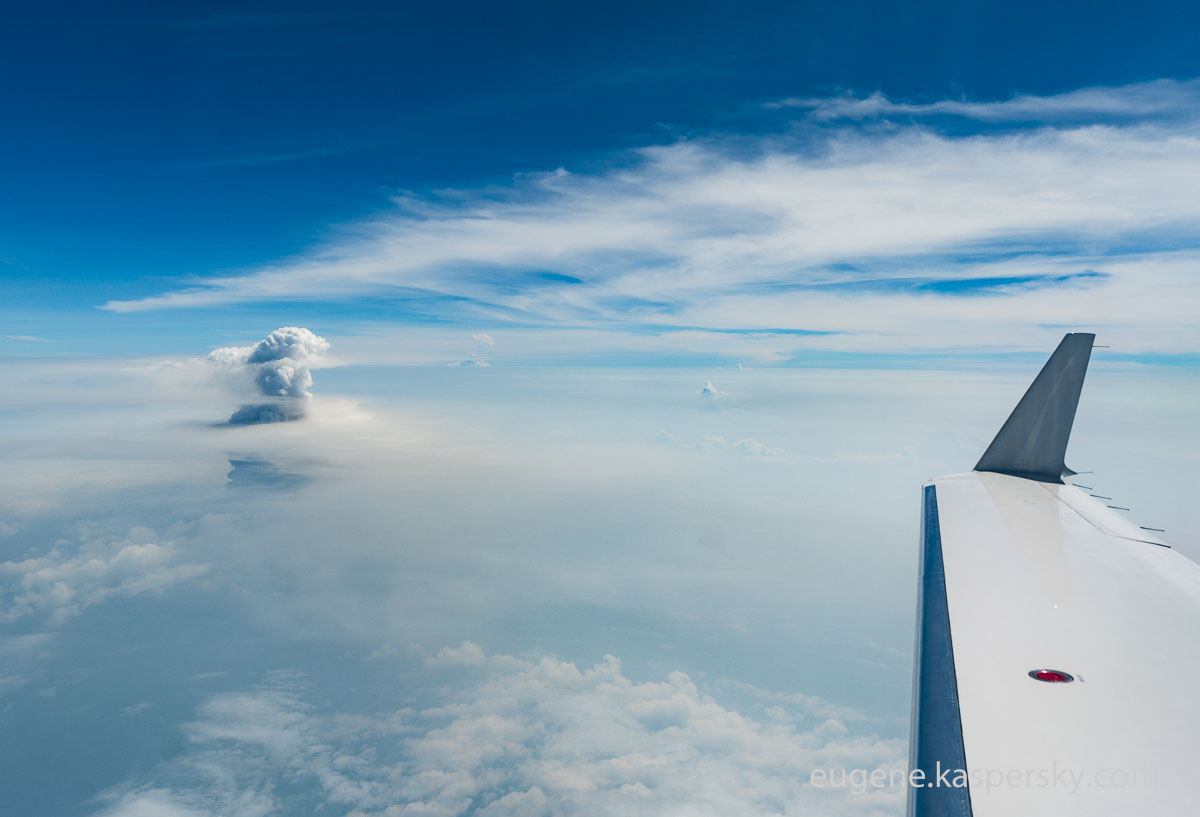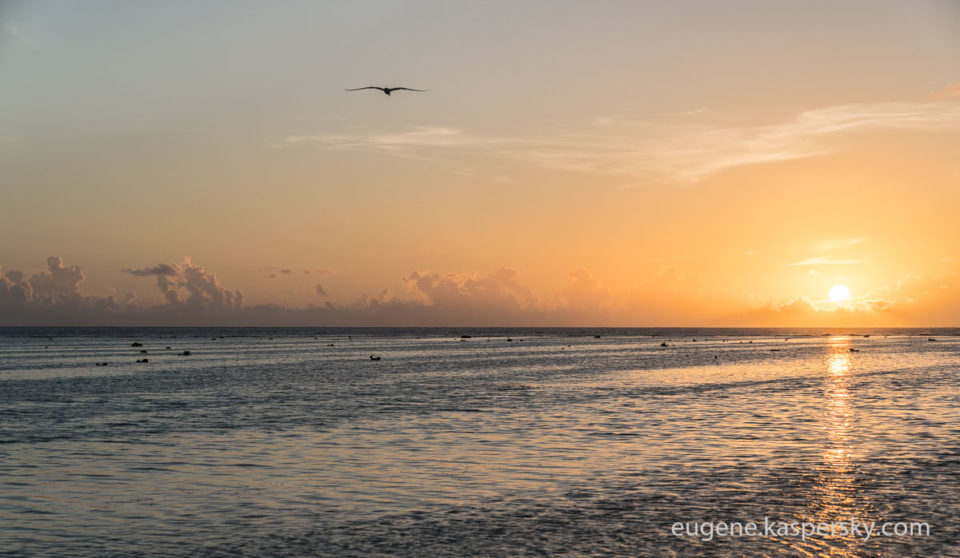April 18, 2018
April 18, 2018
Bird’s-eye view – from MGU.
Hi folks!
Do you know where the following pics are taken?
Or, for those who don’t live here – any guesses where this is?
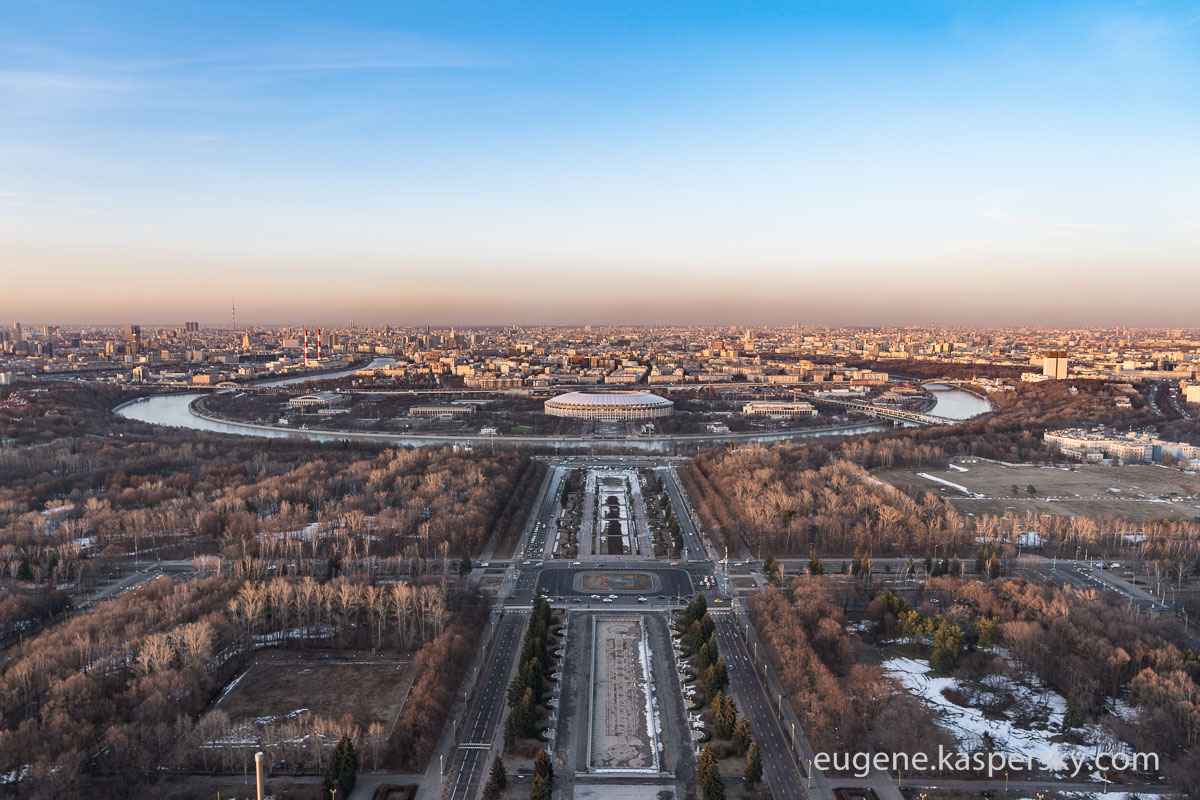
And now?
What if I give you three guesses?
April 17, 2018
A 46-hour Thursday, or eight days in a week.
April 16, 2018
Snow and Yas.
There’s a Kamchatkan saying that goes something like: ‘If snow falls in June, then spring will be long and drawn-out’. Well it’s not quite June yet, but Moscow weather right up until last week sure did seem to resemble Kamchatka’s extreme climate…
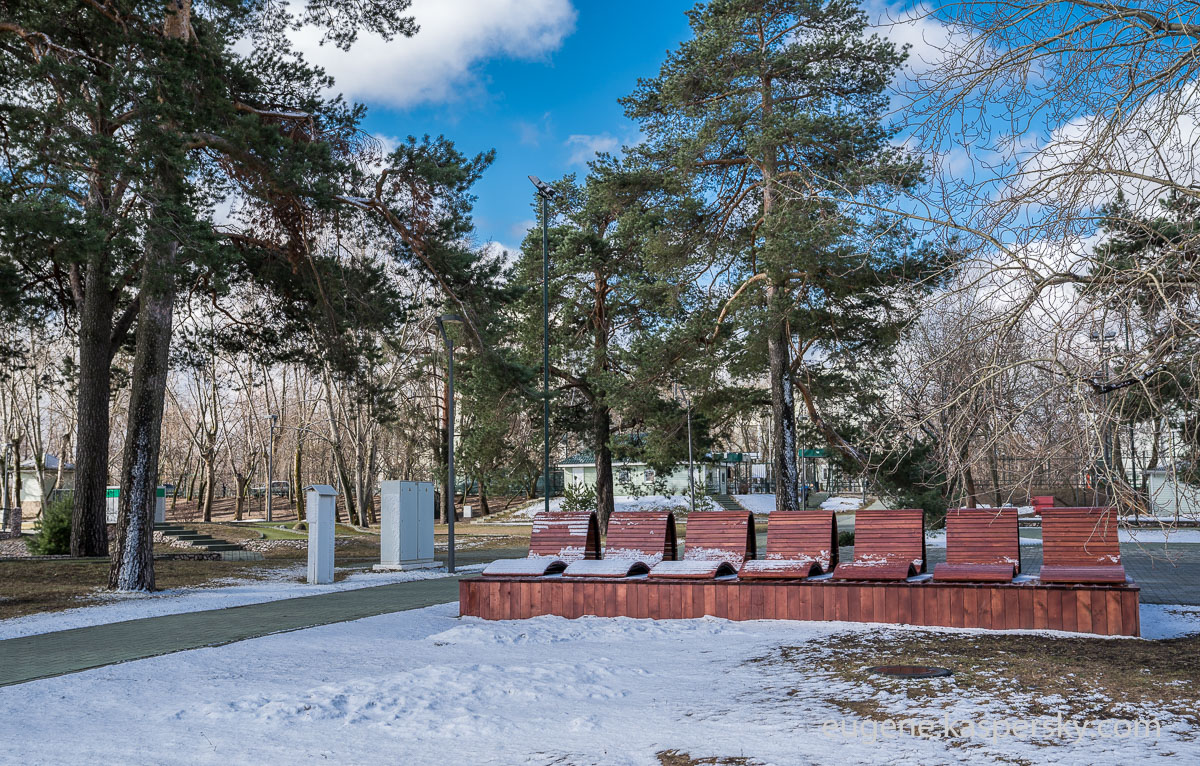
The ducks have already arrived at the reservoir next to the KL office. They’re circling up above it, peering down at the water (still!) completely covered over in ice, thinking ‘EH?!’!!
April 15, 2018
11 brave women skiing to the North Pole.
‘Headlong to the North Pole’ would have been a suitable alternative title. ‘Ladies go north’ another. And they’re going to the northernmost north – there is no further north!
I can imagine some of you, dear regular readers, might be a bit confused by mention here of the North Pole, since I’ve just finished a mini-series on mid-Pacific islands like Fiji and Tahiti. But no, I haven’t got the equator and the North Pole mixed up in my post-intense-tourism haze; this is for real…
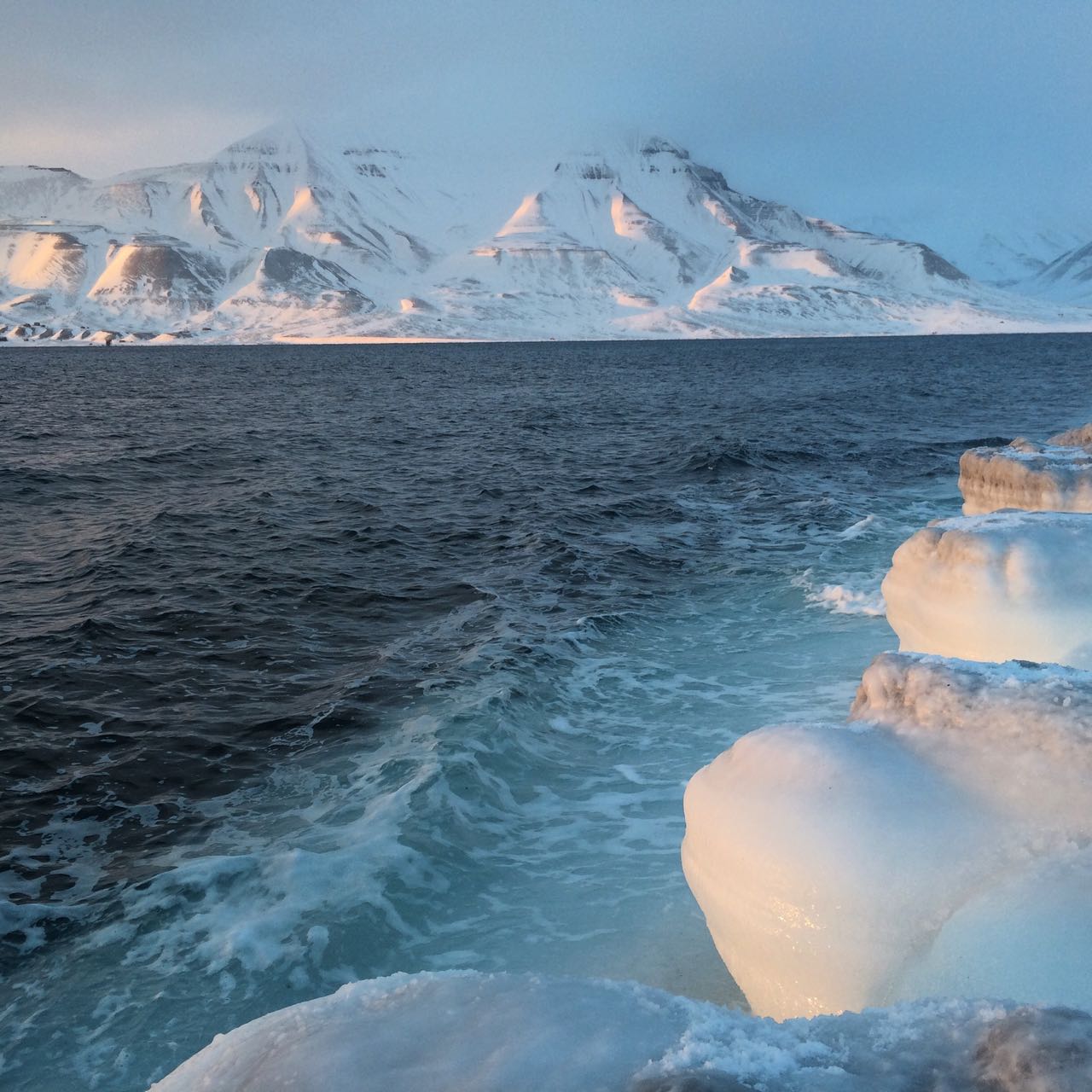
The (Ant)Arctic theme began way back in 2009. That’s when we met Felicity Aston and went on to support her all-woman Antarctic group expedition to the South Pole (details in my book New Year at the South Pole!). Three years later, again with our support, she went one further and skied coast to coast across Antarctica – on her own! – covering almost 1800km over 60 days.
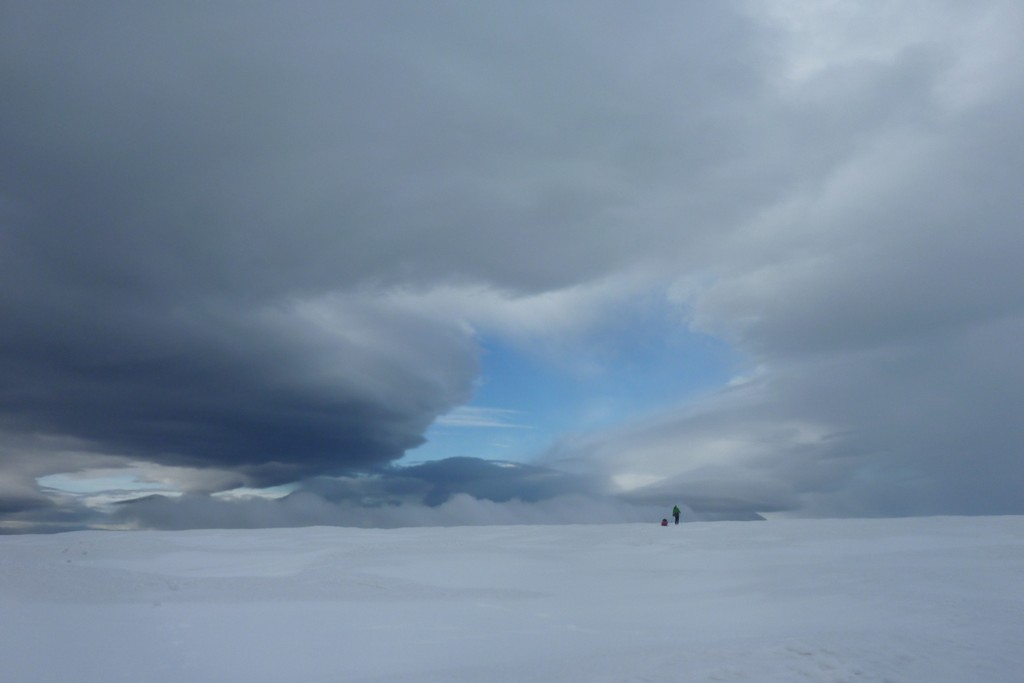
Fast forward to 2018, and here she goes again – but this time to the other pole – the one up at the top of the world in the Arctic!
April 12, 2018
Inhabited and uninhabited islands of Fiji.
I’ve been mentioning Fiji a few times in the last few posts. Well now I’m not just mentioning it, I’m providing you herewith my photo report thereon! As you can expect, it’s more of the same: Polydise! See for yourself! ⇨
But wait! Not quite Polydise!…
April 11, 2018
More Polynesia: Mo’orea.
Hi folks!
As promised, I’m back with more tales from the mid-Pacific. Today, a quick rewind to that very strange place, which goes by the name of Mo’orea, Tahiti’s next-door neighbor.
Mo’orea is another idyllic tropical island of French Polynesia, but it’s hard to compare it with Bora Bora. That island is all about blueness. Mo’orea is all about volcanism, but no less bluetiful for it. Sea for yourself:
Headstrong tourists do climb these mountains, but some of them are deemed too difficult to scale without special climbing gear.
The mountains themselves come in many different shapes and sizes, as you can see. Ahh – the power of natural erosion on soft volcanic rock! The local tribes here have legends about such landscapes due to their resembling different princesses and kings. Here, for example, a princess is looking up at the sky. And can you see that (in the pic, tiny) cave/tunnel right at the top? That’s the princess’s piercing, as our excellent guide explained. I didn’t ask where the nose ring itself had gotten to.

Here’s another princess, beating a drum – as princesses do – to inform the king on the mountain opposite about their guests arriving in the bay. Apparently. Do you see all that?! )
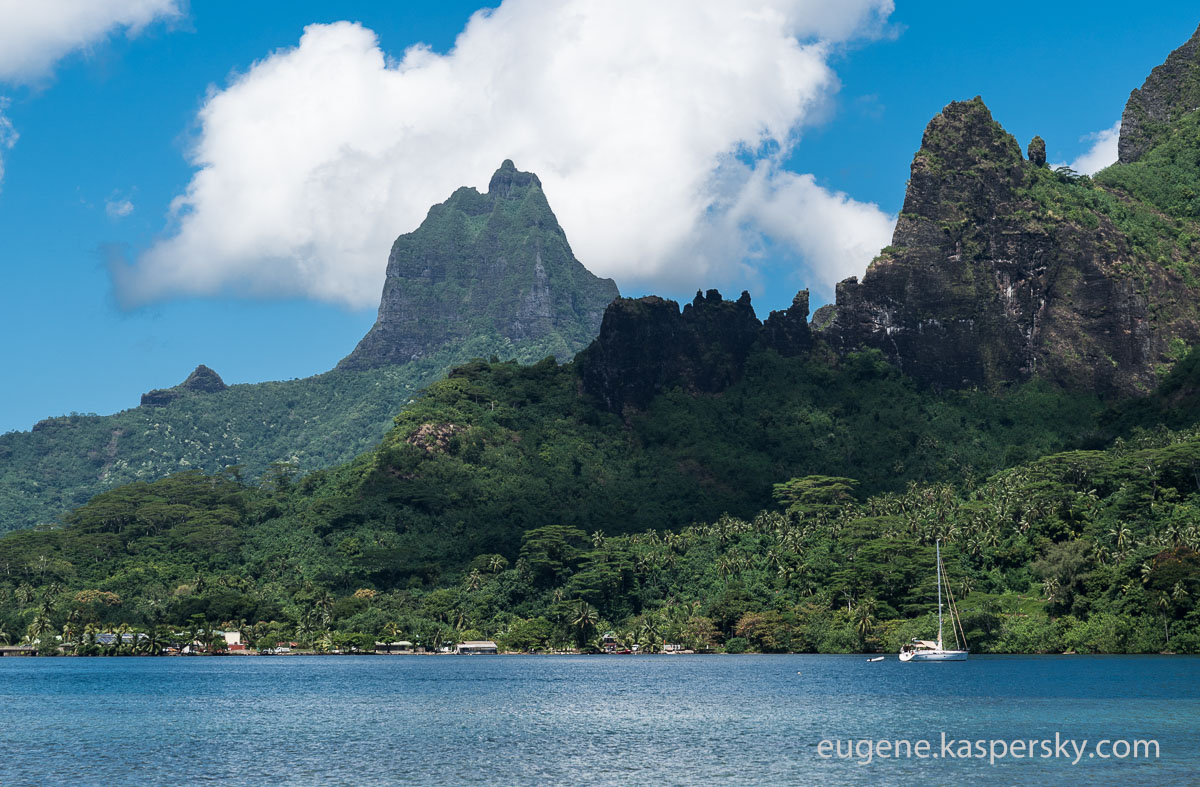
And so on…
As far as I understood, generally, not many folks know how atolls are formed. I didn’t know either. So I consulted good old Wikipedia on the subject. Now I know ).
Briefly, “a coral atoll is a ring-shaped coral reef including a coral rim that encircles a lagoon partially or completely. There may be coral islands or cays on the rim. The coral of the atoll often sits atop the rim of an extinct seamount or volcano which has eroded or subsided partially beneath the water. The lagoon forms over the volcanic crater or caldera while the higher rim remains above water or at shallow depths that permit the coral to grow and form the reefs. For the atoll to persist, continued erosion or subsidence must be at a rate slow enough to permit reef growth upwards and outwards to replace the lost height.”
It’s a slow process – taking millions of years. Here, for example, is Tahiti (as viewed from Mo’orea), whose age is estimated at around one million years.
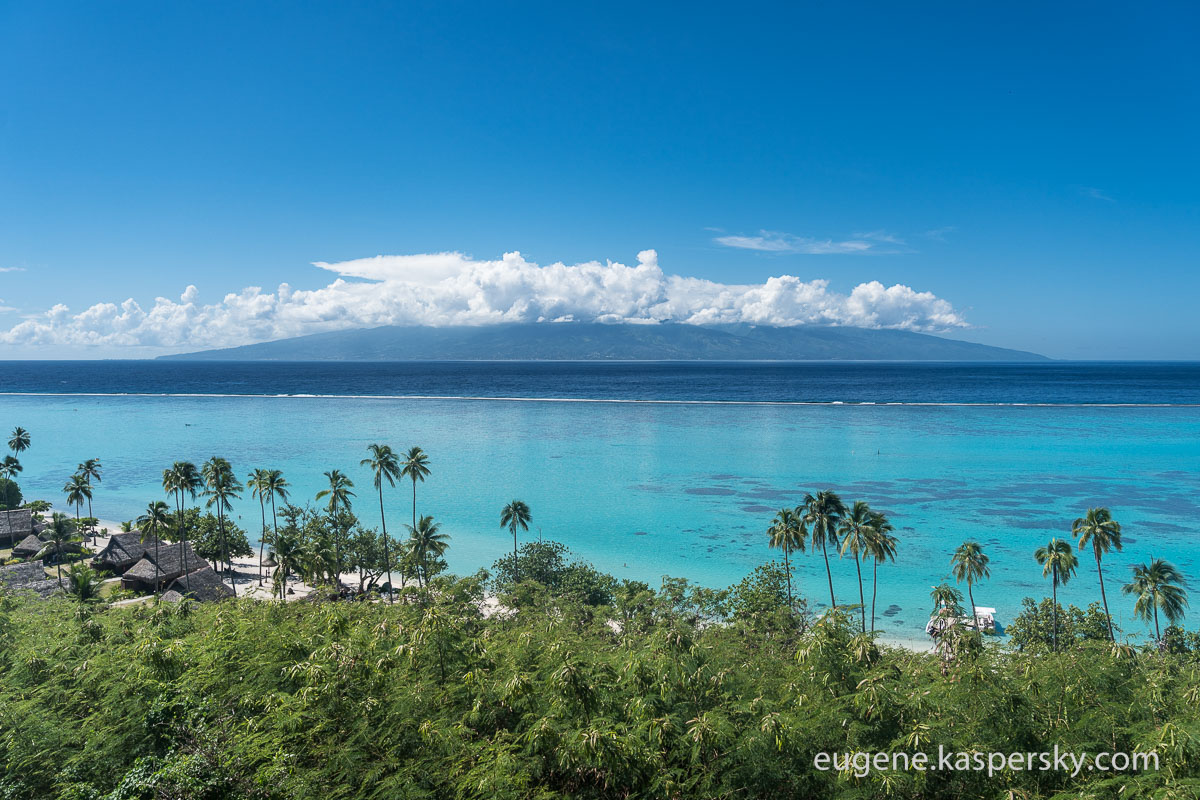
Neighboring Mo’orea, which is distinctly more ruined, is twice as old. Bora Bora is even older – around seven million years old, while the classic atoll Tetiaroa is around 30 million years old, if I remember correctly.
Btw, the volcano also needs time to grow under the water for it to appear above sea level. And depths here are considerable – from one-and-a-half to four kilometers. So it works out that these atolls and islands are in fact rather massive mountains themselves – not that you’d be able to guess that from looking at them.
Back to modern day, the atolls are dotted with little huts on stilts in the sea. These are hotel ‘rooms’, and they’re all over most atolls, with perhaps Bora Bora having most of all.
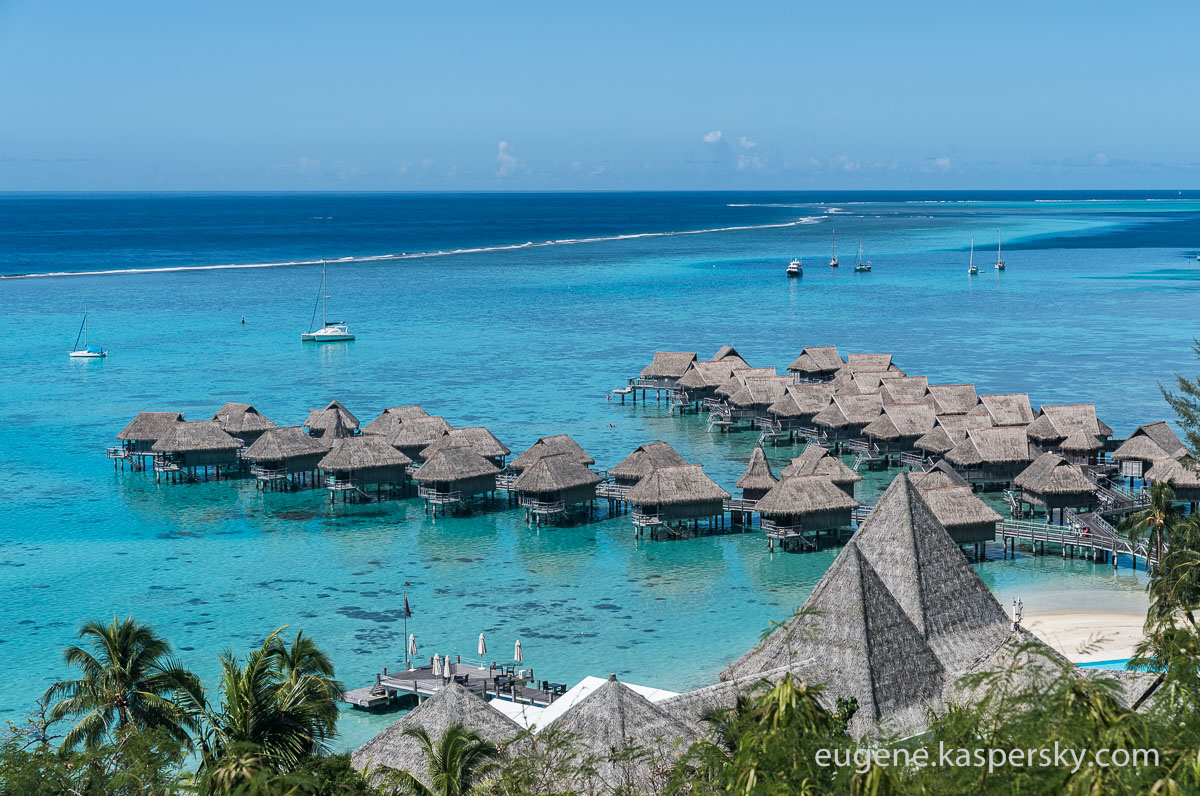
Sadly many such cabins are empty; some have been abandoned. Apparently all was well, but then the 2008-9 global economic crisis kicked in; then, in 2010, some kind of catastrophic hurricane hit. This unfortunate combination affected the atolls’ hoteliers very badly.
On the brighter side, the local art is impressive:
And here’s the view from Tetiaroa:
That night we were woken by the hotel staff who were excitedly uttering something about a ‘baby nest’. After some confusion, we finally worked out what they were so animated about: a batch of turtle eggs had hatched and they’d called us to have a look at the newborns!
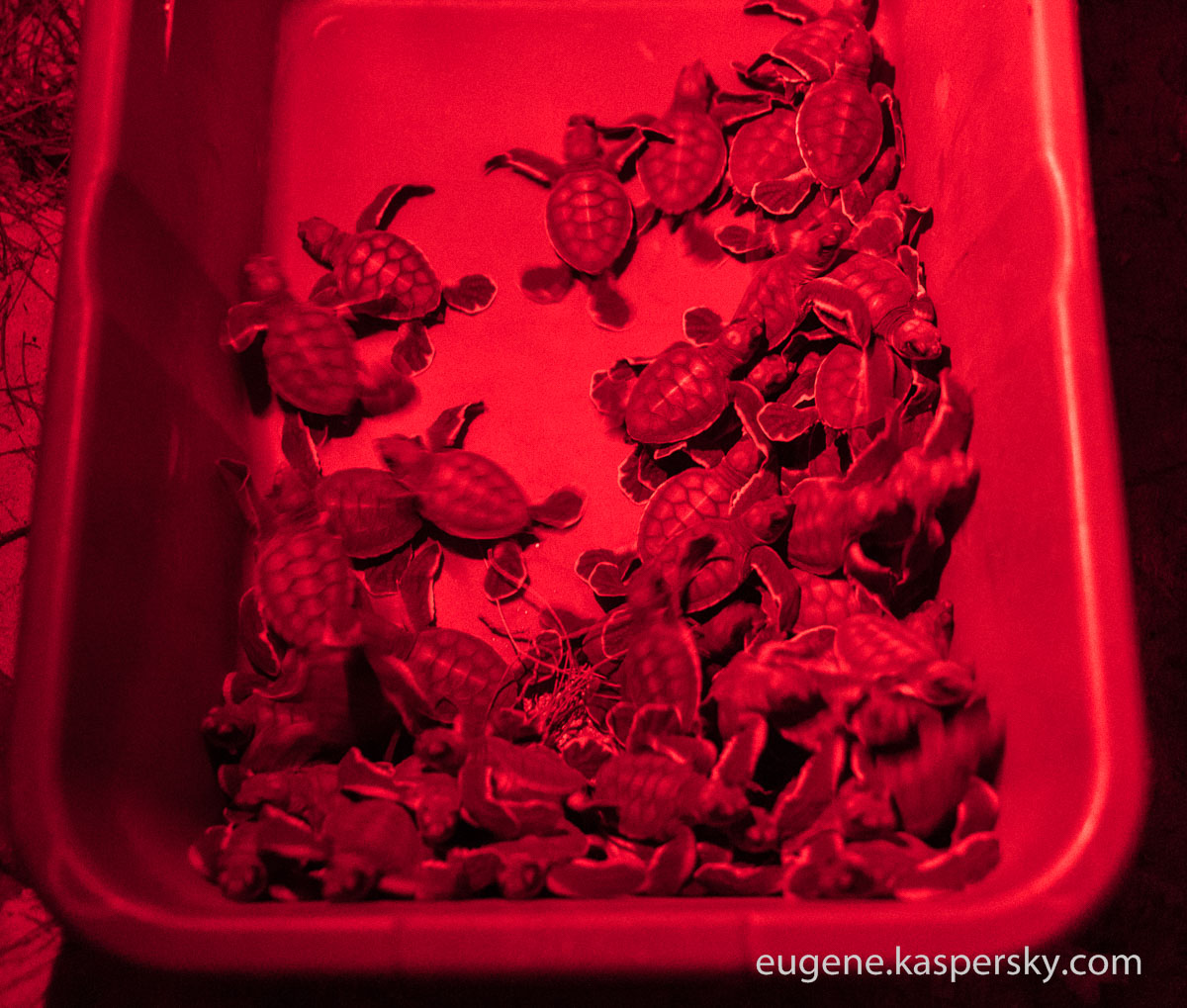
All the eggs are kept inside metal netting so that when they hatch they can first be counted (for herpetological needs or some such) before the turtles are let go. When they’re set free on the beach, by instinct they all charge as fast as their little feet can carry them into the sea!
The photos are red as that’s the only lighting permitted the baby turtles to prevent them being blinded.
And that folks, is about it, not just from this particular island, but from our French Polynesian trip on the whole. Almost…
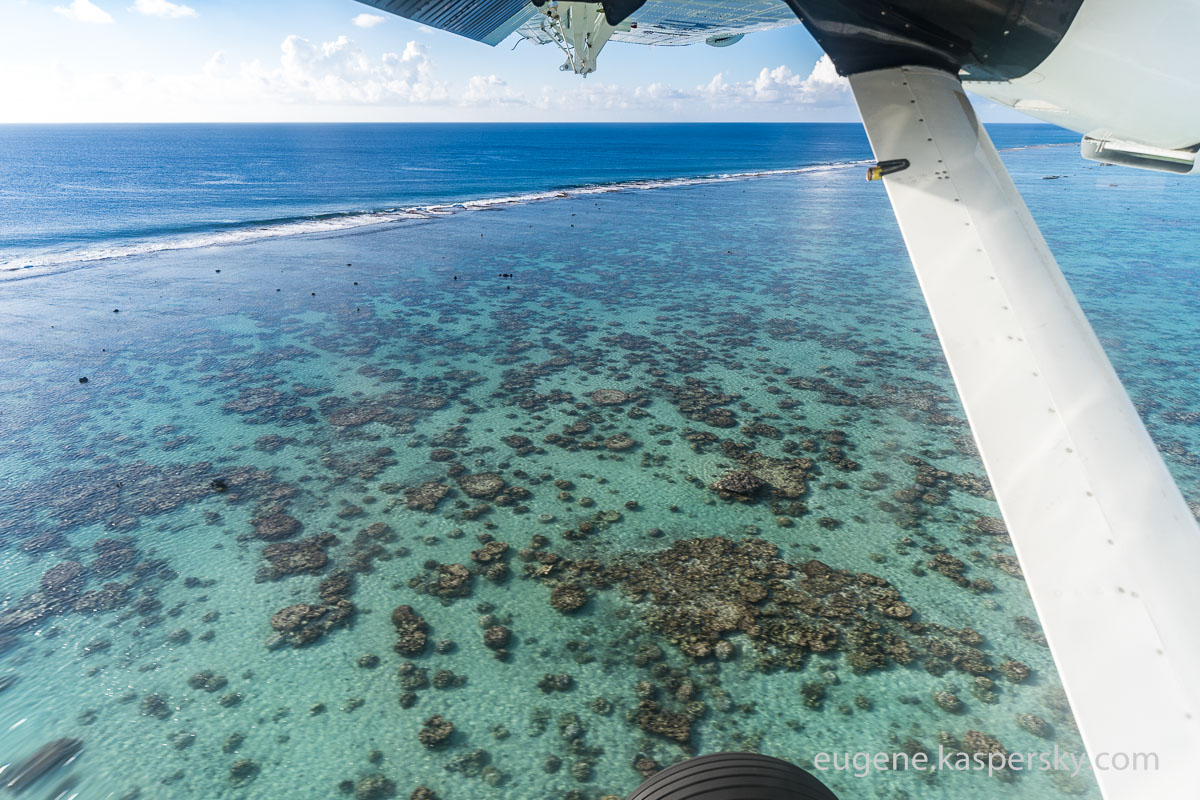
…Quick recap of these Pacific islands:
1) Oh my gorgeous – they’re real beautiful in the quintessentially tropical-paradise way;
2) But! They’re reeeeaaaaal far; and
3) They’re very expensive to visit as a tourist.
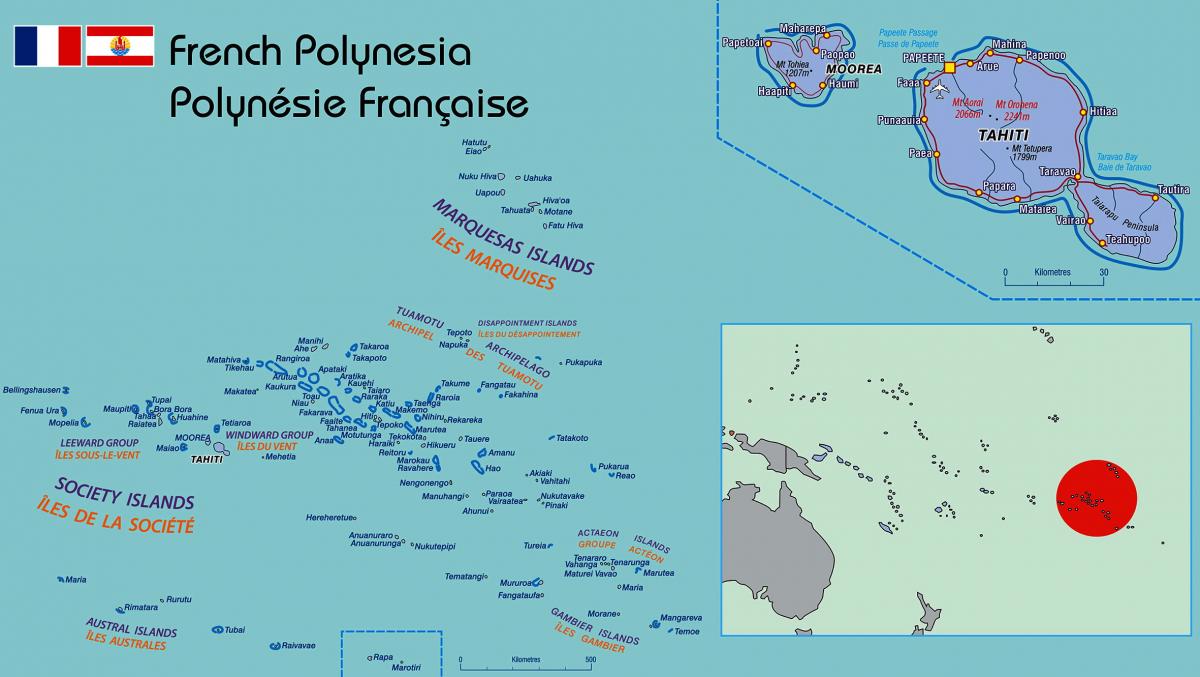
Getting there: there are just seven (7!) routes there on regular commercial passenger air transportation from afar (April 2018); specifically from:
1) Auckland, New Zealand (six-hour flight, six times a week);
2) Los Angeles, USA (eight-hour flight, two or three times a day; what’s curious is that only Air France (!) and Air Tahiti Nui do the flying!);
3) Tokyo, Japan (12-hour flight, twice a week);
4) Hawaii, USA (six-hour flight, every Saturday;
5) Easter Island, Chile (five-hour flight, every Tuesday);
6) New Caledonia, France (six-and-a-half-hour flight);
7) Cook Islands (three-hour flight).
Given the options, I’d say the best routing goes like this:
From wherever you are > Santiago (Chile) > Easter Island (to check out the moai) > Tahiti (Bora Bora) > Hawaii (volcanism + beaches:) > Tokyo (do I need to add anything here?:). And if you’d set off from Europe that’d give you a round-the-world: bonus! This route, however, would take a long time. Need more route advice re getting to French Polynesia? Let me know in the comments and I hope I can help based on my experience.
One thing I still can’t quite work out is why there are no (0!) regular commercial flights between Tahiti and Fiji. You have to go via New Zealand! Now there’s a promising unoccupied business niche, if ever I’ve seen one :)…

April 10, 2018
Polynesian fascination.
Liked my Bora Bora pics? Well I’ve plenty more of the same. Got quite a few Bora Bora tales to tell too – all based on just the one day we were there.
April 9, 2018
Fifty Shades of Blue.
April 6, 2018
31 hours door-to-door.
Hi folks!
Another month – another globe trot…
The suitcase is packed – and probably right now already in the hold of the plane I’m about to board. Physical preparation – check; moral preparation – check; books packed into hand luggage – check (two in fact). All righty. All set. Off we pop on another multi-long-haul. Get ready – it’s gonna be a long one…
It starts out in Tetiaroa, an atoll of French Polynesia in the Pacific. It ends in Abu Dhabi, the United Arab Emirates. I wonder how many hours this is going to take door to door?…
April 2, 09:30 local time (22:30 Moscow Time): we say goodbye to paradise:
